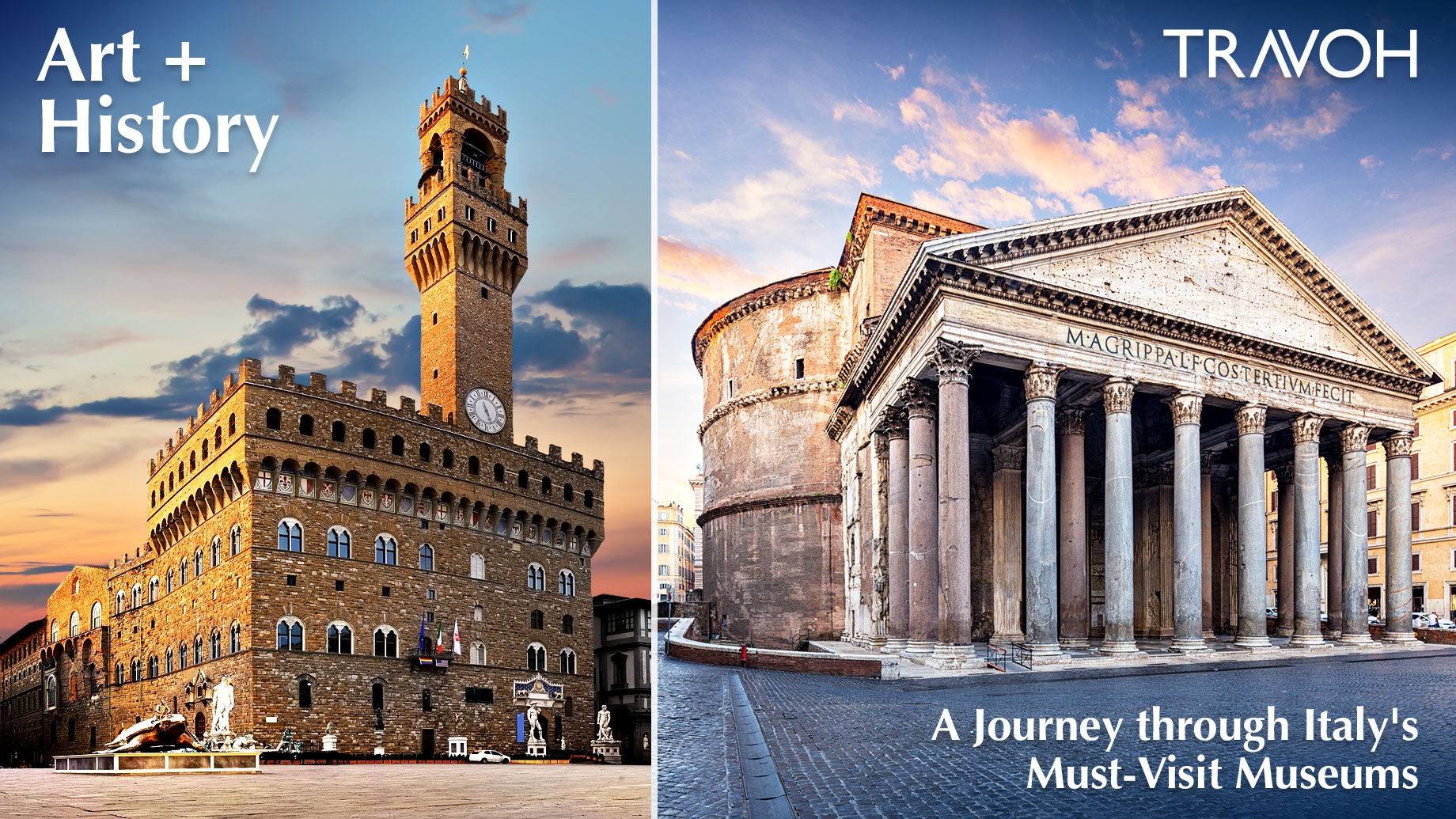
Italy, with its extraordinary cultural heritage, offers an unparalleled variety of museum experiences capable of transporting visitors through centuries of history, art, and innovation. From north to south, it is possible to visit galleries and exhibition spaces that house some of the most significant works of humanity.
Traversing the halls of the Uffizi Gallery in Florence or immersing oneself in the wonders of the Vatican Museums in Rome means embarking on a timeless journey, where each piece of art tells stories of beauty, power, and humanity’s changes. From the Colosseum, an emblem of ancient Rome’s engineering and culture, to small hidden gems that preserve unique artistic treasures, Italy reveals itself through its museums like an open book on the history of art, from classical to Renaissance to contemporary art.
Combining the allure of major institutions with the discovery of lesser-trodden museums, the journey through Italy’s must-see museums promises to be an exciting adventure, an opportunity to dive into the depth and variety of Italian cultural offerings, enriching the spirit and the mind.
The Classics
The Uffizi Gallery in Florence stands as one of the world’s most prestigious museums, housing inside one of the most significant Renaissance art collections. Founded in 1581 by Francesco I de’ Medici, this museum hosts works of inestimable value by artists such as Leonardo da Vinci, Michelangelo, and Botticelli. Among the most admired pieces is Botticelli’s “The Birth of Venus,” a masterpiece that embodies the Renaissance beauty ideal and continues to astonish millions of visitors each year. The Uffizi’s architecture, with its long corridor overlooking the Arno River, offers a walk through art history.
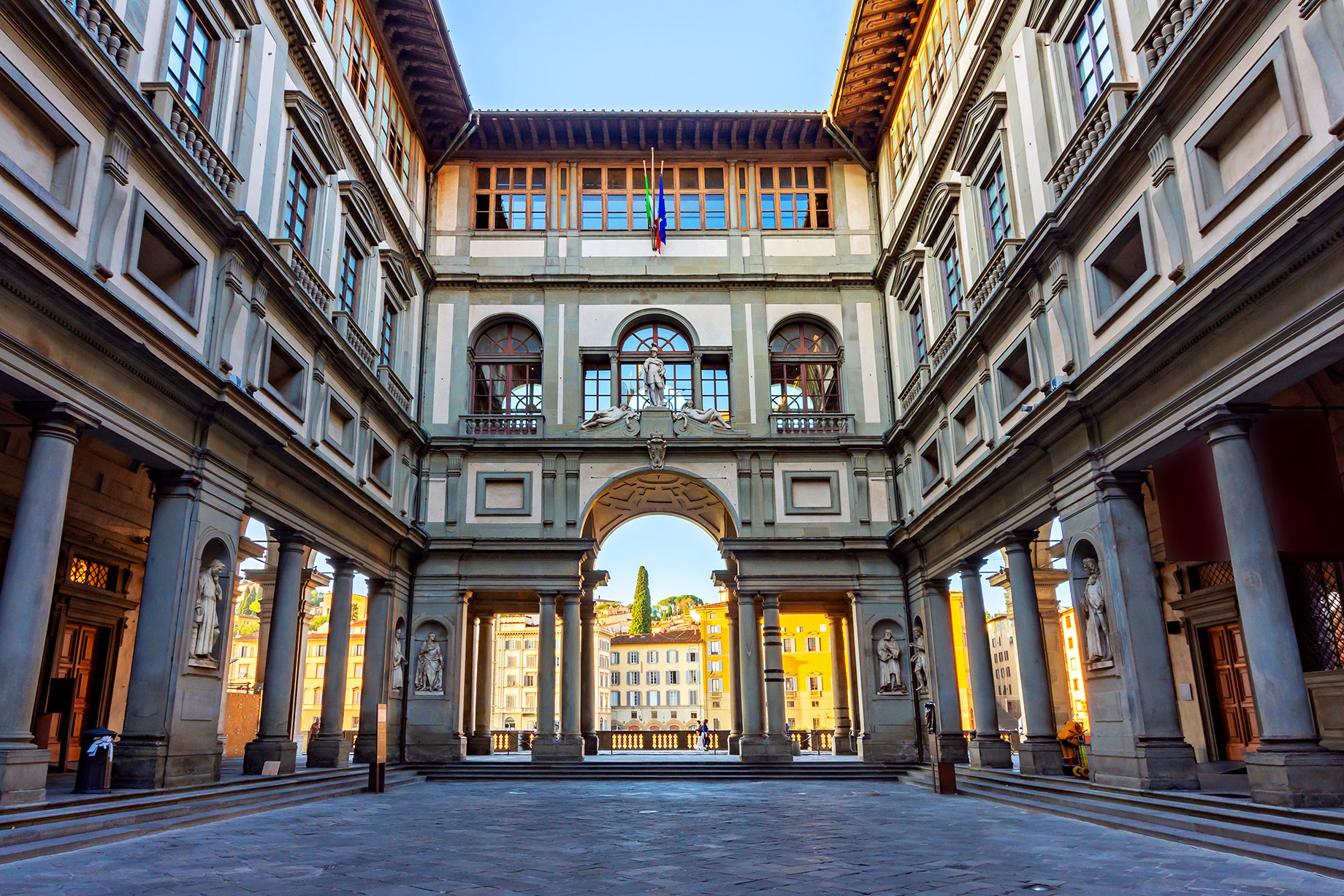
The Vatican Museums are the heart of culture and art in the city of Rome, a complex of rooms, galleries, and gardens that enclose some of the most significant works of Western civilization.
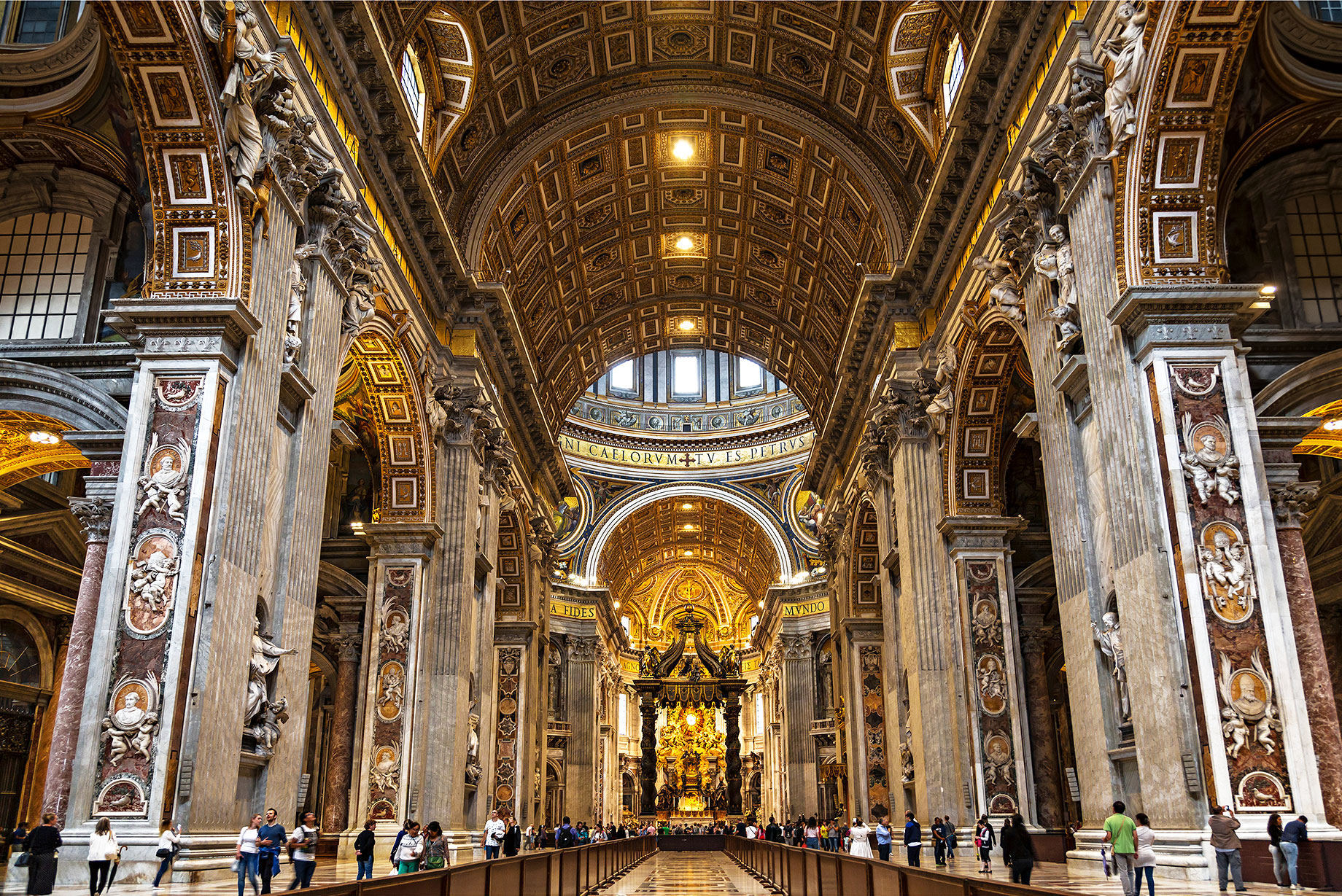
Inside, the Sistine Chapel, frescoed by Michelangelo between 1508 and 1512, represents the pinnacle of Renaissance painting, with the famous Last Judgment dominating the altar wall. Visiting the Vatican Museums offers a deep immersion into sacred and profane art, with collections ranging from ancient Egypt to Renaissance sculpture, demonstrating the continuous dialogue between art and faith.
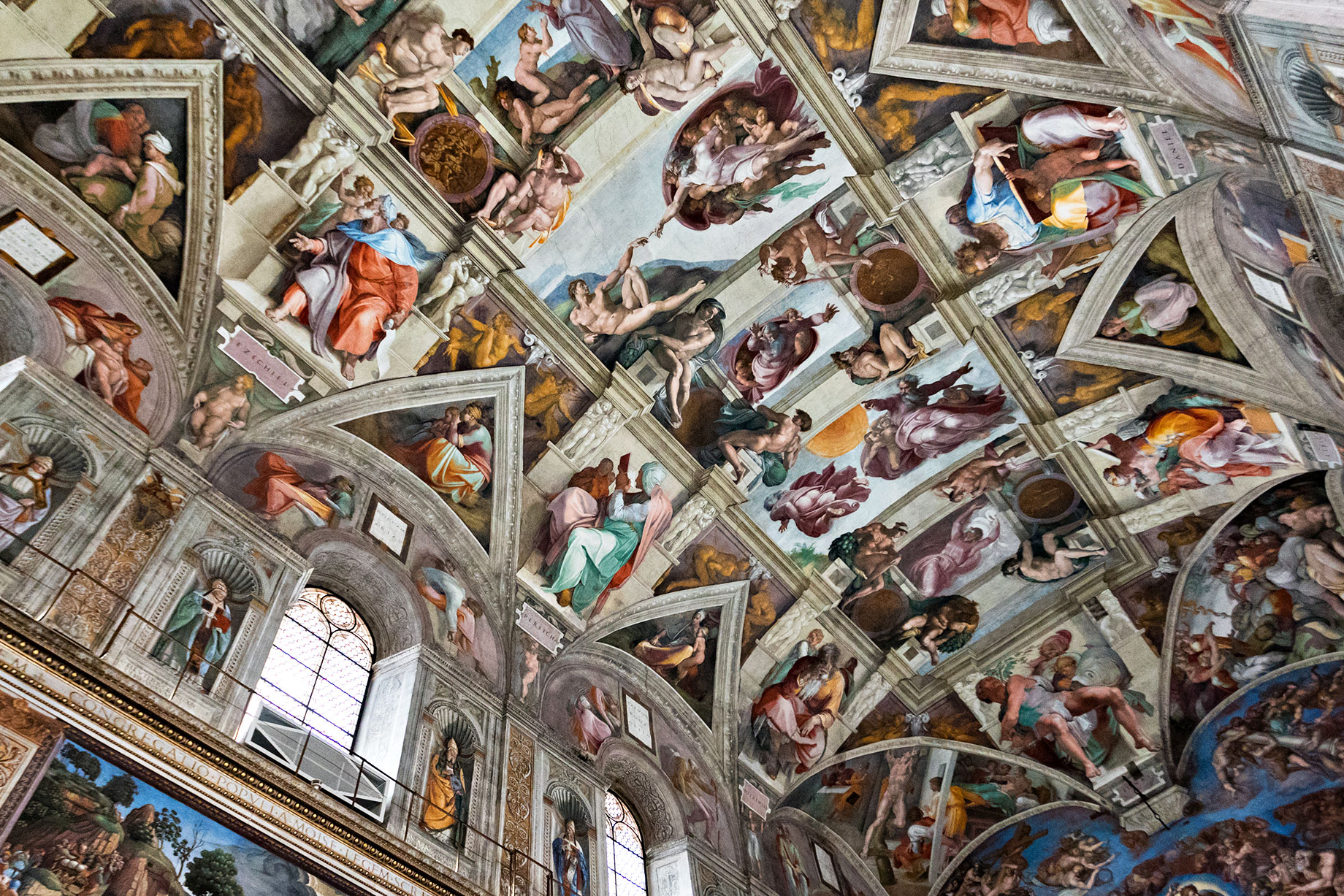
These classics are guardians of art but also witnesses to stories, cultures, and traditions that have shaped the modern world. Visiting them is a fundamental experience for anyone wishing to approach the understanding of Western culture’s roots.
The Colosseum: Symbol of Rome
The Colosseum, also known as the Flavian Amphitheatre, is an iconic symbol of the city of Rome, one of the most significant ancient architecture and engineering monuments in the world. Built in the 1st century AD under Emperor Vespasian and completed by Titus, this imposing building could accommodate up to 50,000 spectators, who watched gladiator fights, simulated naval battles, animal hunts, and dramas based on classical mythology.
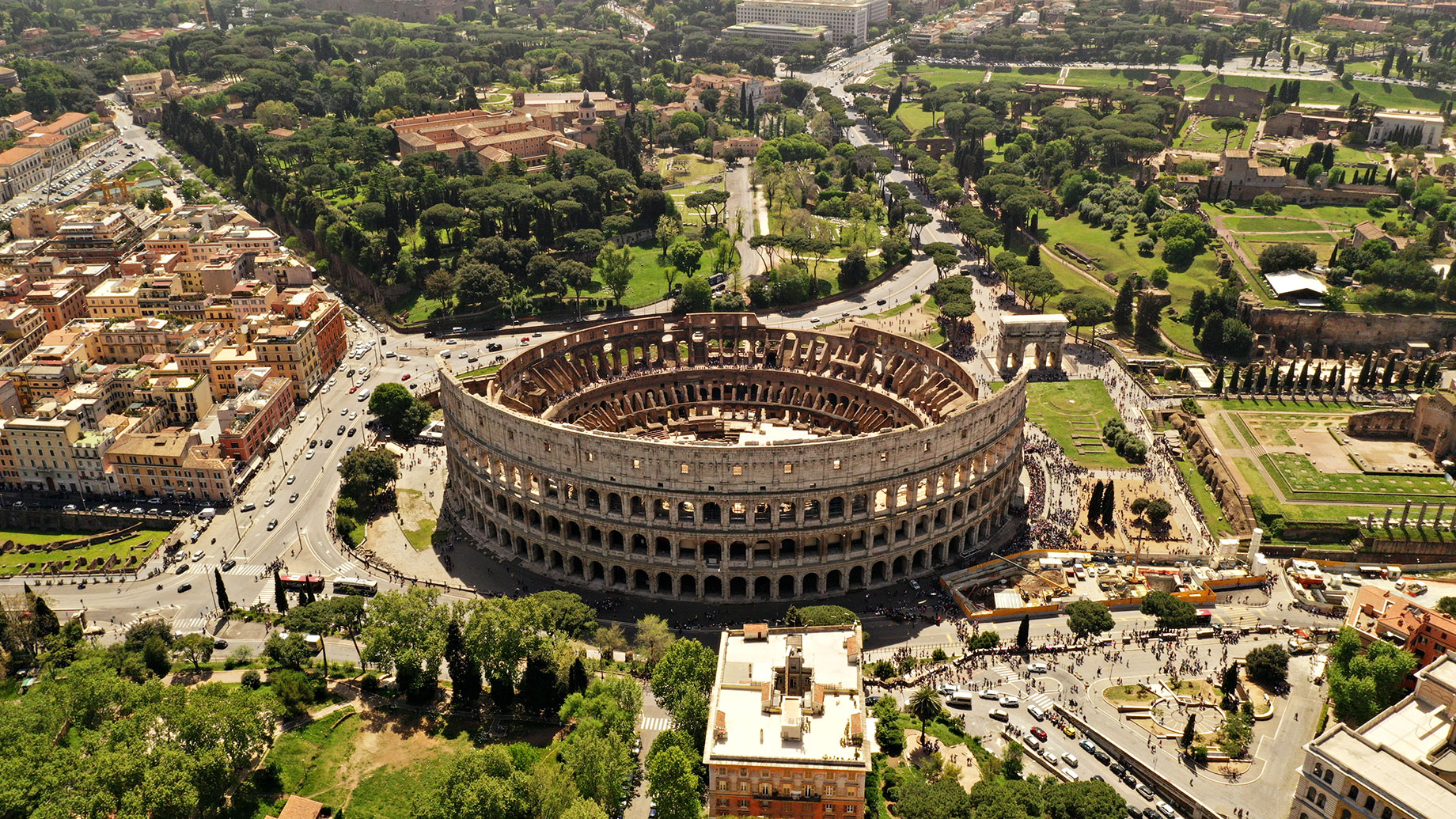
Beyond its undeniable historical and architectural importance, the Colosseum is a silent witness to Rome’s historical vicissitudes, from the greatness of the Empire to its decline, through transformations over the centuries.
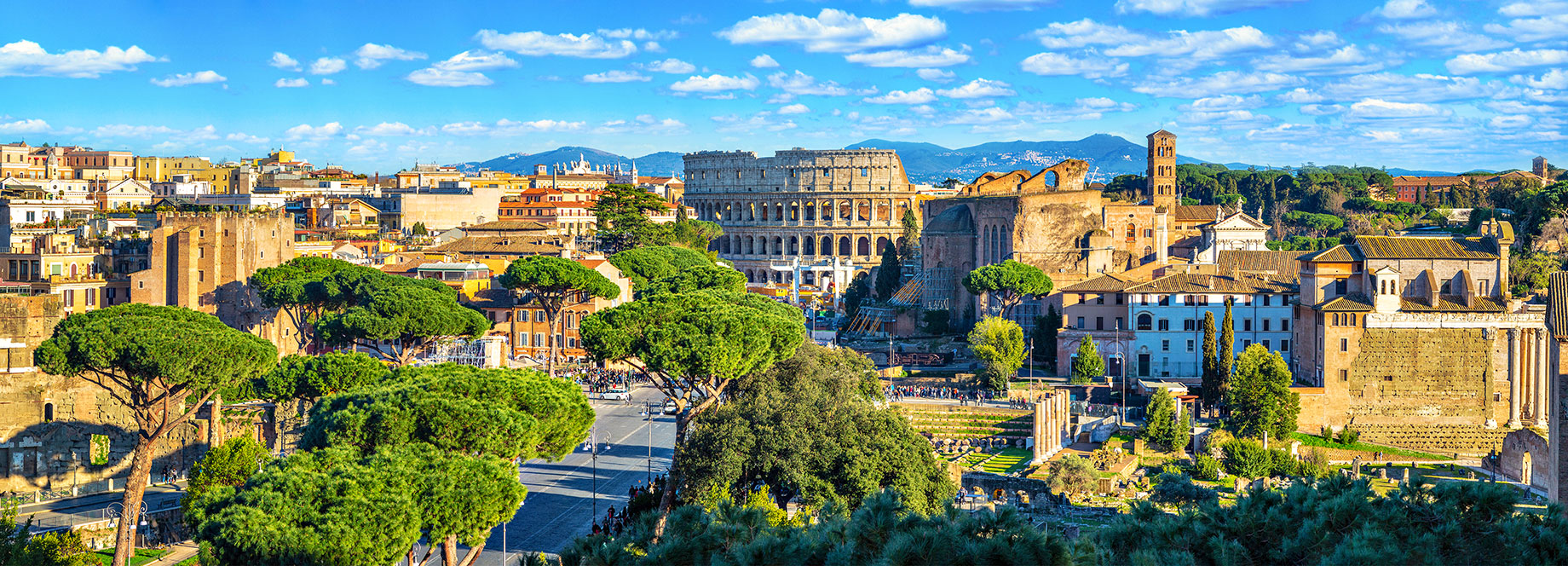
Today, it remains one of the most visited archaeological sites worldwide, offering visitors the chance to dive into history through its imposing ruins and the unique atmosphere breathed within its ancient walls.
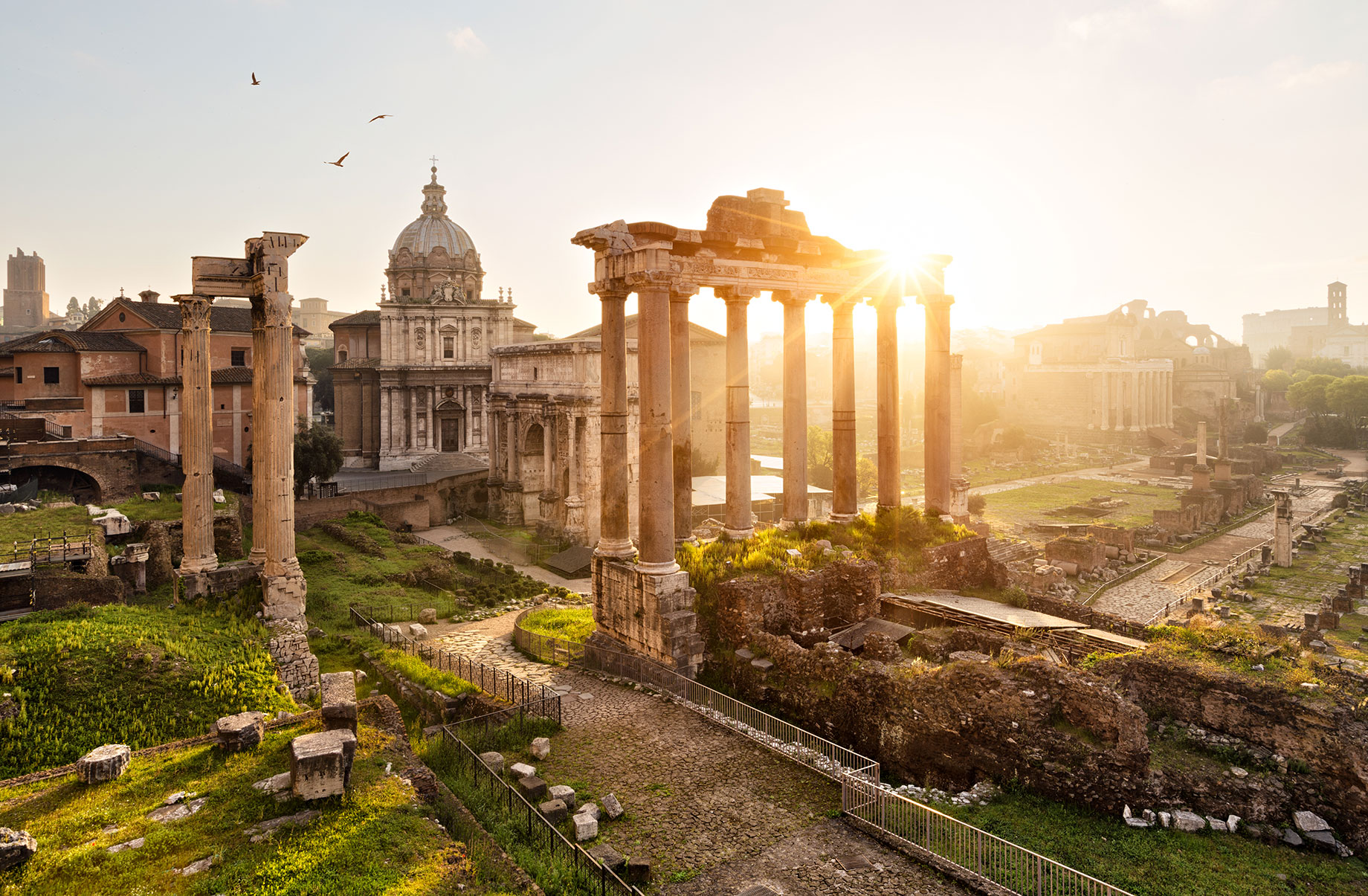
A visit to the Colosseum is often accompanied by the discovery of the Roman Forum and the Palatine Hill, adjacent sites that together compose the heart of ancient Rome.
These places provide a comprehensive view of ancient Rome’s public, religious, and political life, enabling visitors to gain a deeper understanding of the historical and cultural context surrounding the Colosseum.
Hidden Gems in Rome
Beyond its most famous monuments, Rome harbours less-known but equally fascinating treasures, museums, and sites that offer a unique experience away from the more trodden tourist paths. These hidden gems allow the exploration of unusual and fascinating aspects of the eternal city’s history and art.
The Giovanni Barracco Museum of Ancient Sculpture is a concrete example: located in the heart of Rome, this museum hosts an exceptional collection of Egyptian, Assyrian, Cypriot, Etruscan, and Greco-Roman art, collected by Giovanni Barracco in the 19th century. The visit offers an intimate immersion into the different civilizations that influenced ancient Rome, in a quiet and collected setting.
Another example is the Centrale Montemartini, where the contrast between industrial-era steam machines and ancient Roman statues and artefacts creates a unique pairing. Located in a former power plant, this branch of the Capitoline Museum houses one of the most striking collections, where classical art meets industrial archaeology, offering visitors an unusual perspective on the city’s history.
Another hidden gem in Rome is the National Etruscan Museum of Villa Giulia. This museum, dedicated to the Etruscan civilization, is located in a magnificent Renaissance villa that was once the summer residence of Pope Julius III.
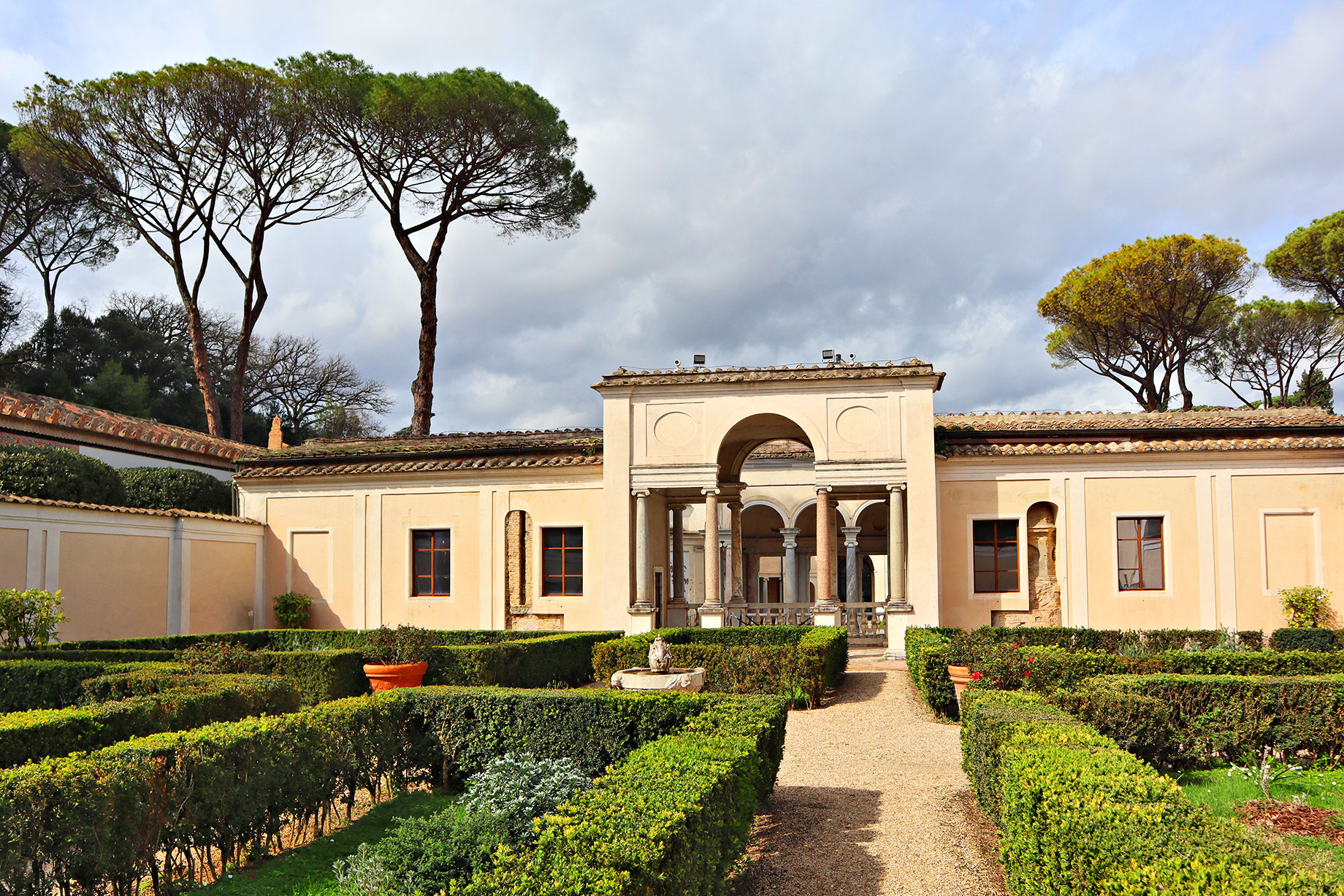
The museum hosts one of the world’s most important collections of Etruscan art, offering visitors a deep dive into one of antiquity’s most fascinating and influential cultures. Among its treasures, the Sarcophagus of the Spouses, a large terracotta coffin from the 6th century BC, depicting a reclining man and woman in an affectionate embrace, stands out as a symbol of Etruscan art and society.
Journey between Art Cities from Florence to Rome
Italy is a country where art and history are inextricably intertwined, and the cities of Florence and Rome stand as the epicentres for visiting the country’s most beautiful and significant museums. Moving from one city to the other to visit their museums can represent a peerless cultural experience.
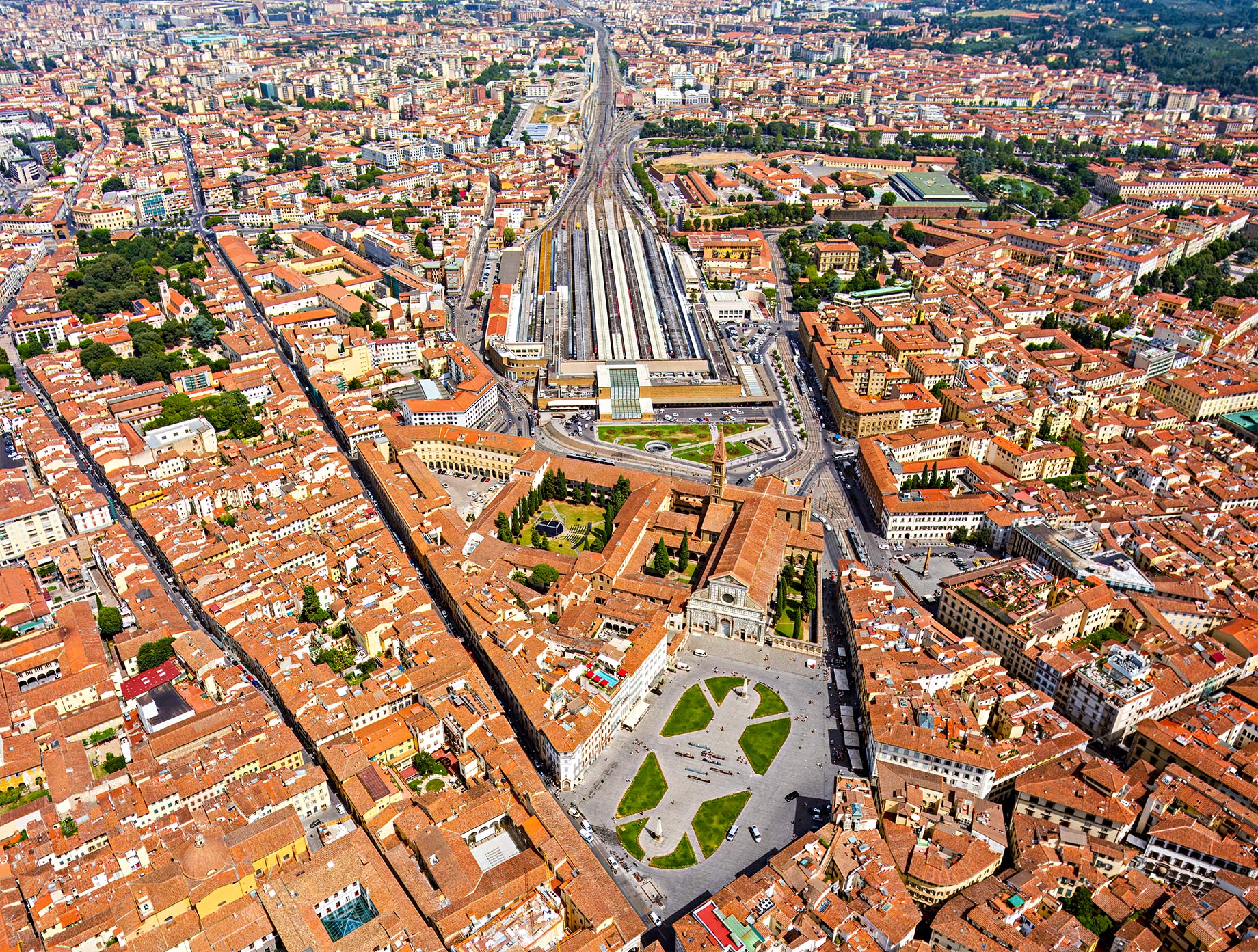
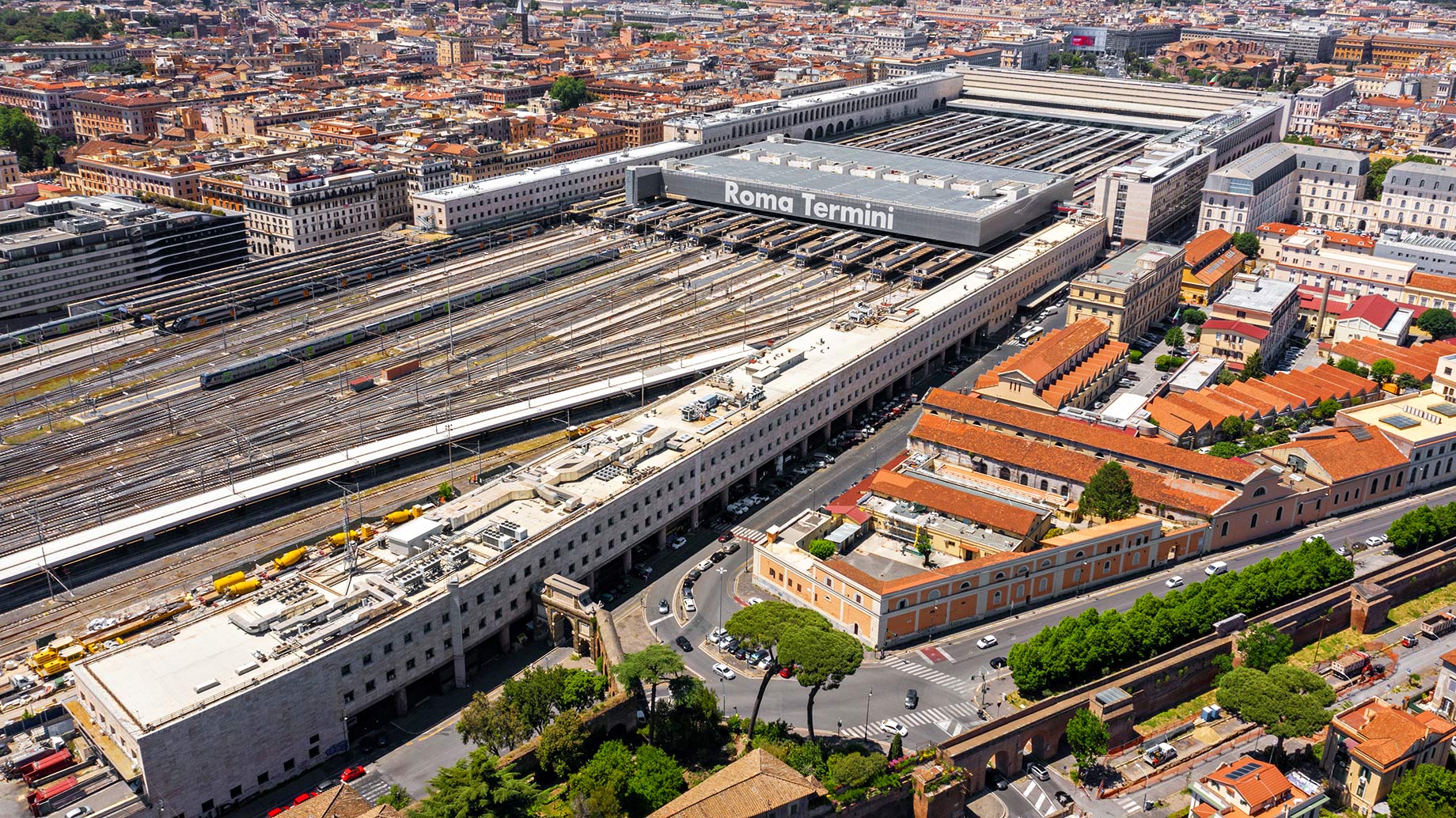
Traveling by train from Florence to Rome can be a convenient and fast option, allowing travelers to relax as they approach the capital. High-speed trains bridge the gap between the two cities in under two hours, providing a seamless and comfortable journey.
This allows travelers to dive into the wonders of Rome the moment they arrive, enhancing the overall travel experience. This journey offers a chance to witness the evolution of art and history, from the Renaissance of Florence to the imperial and Renaissance legacy of Rome.
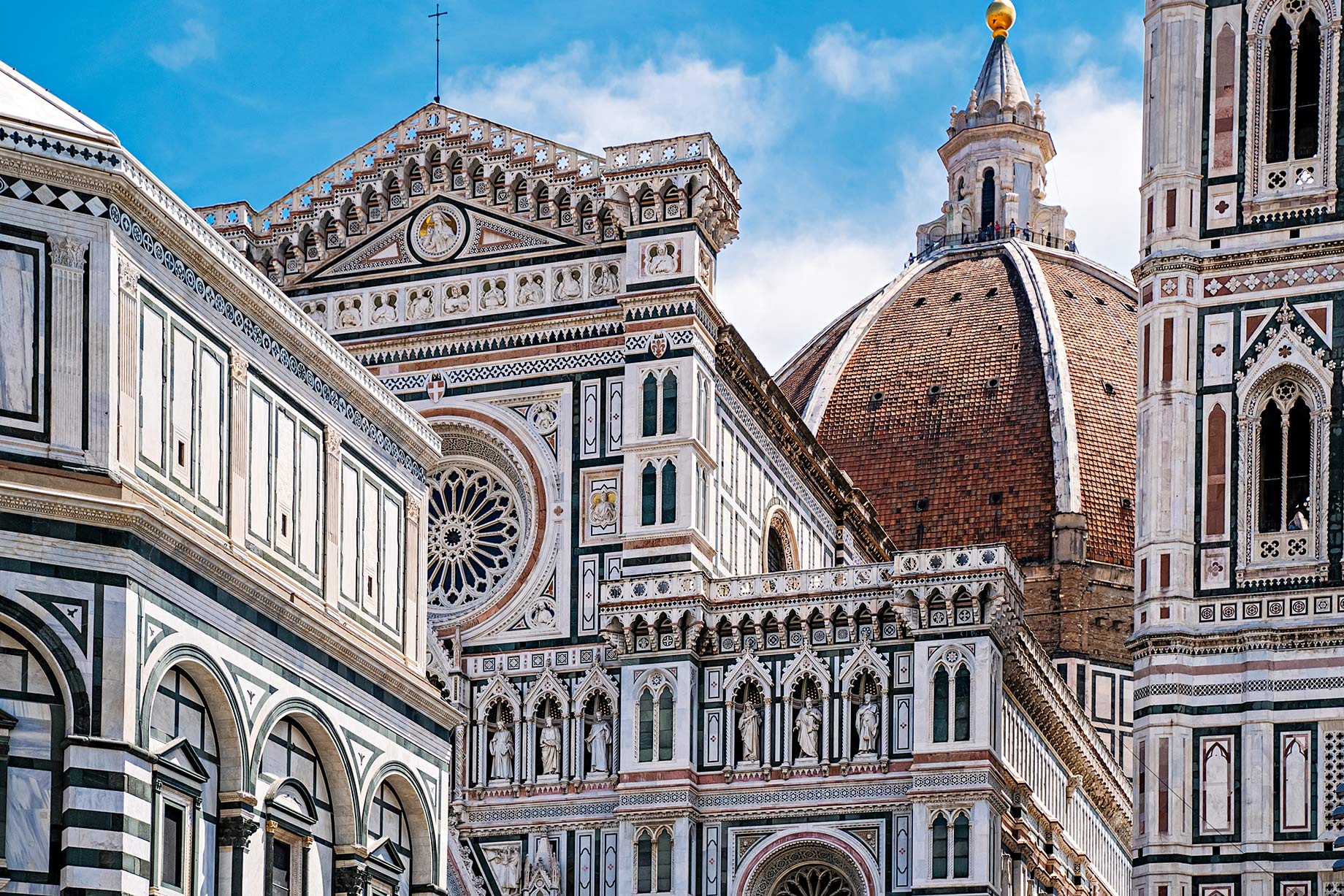
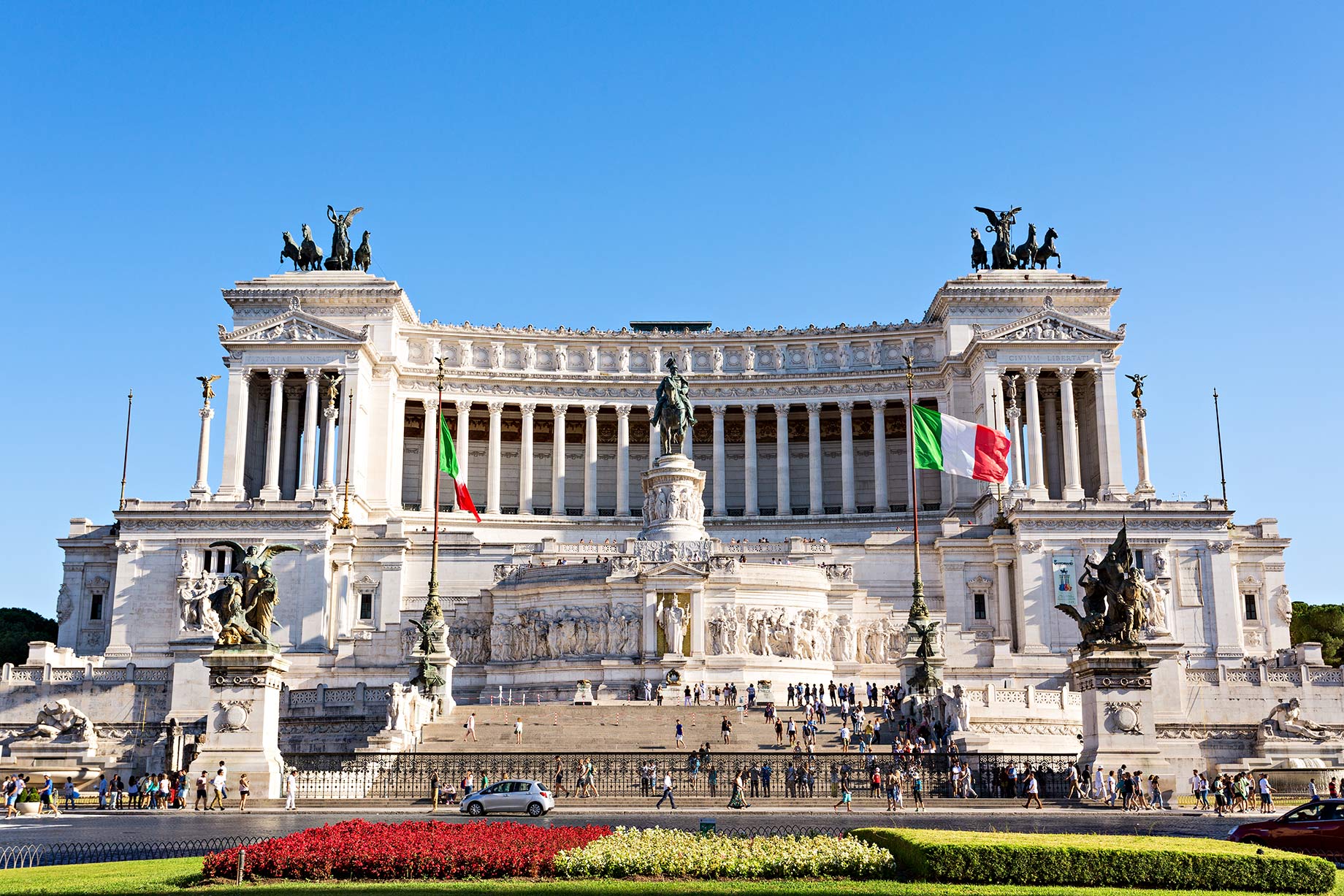
For travelers looking to make the most of this artistic itinerary, it is advisable to purchase train tickets in advance to ensure the best schedules, booking through Italo’s official website to navigate Florence to Rome trains easily.
Useful Tips for Visitors
Exploring Italian museums is a fascinating adventure that requires meticulous planning to be fully appreciated. Below are some tips that might help organize the visit more effectively and enjoyably.
Firstly, it is advisable to purchase museum tickets online before visiting. This simple step can save the disappointment of finding oneself in long queues, especially at the more famous museums that attract a large number of visitors daily.
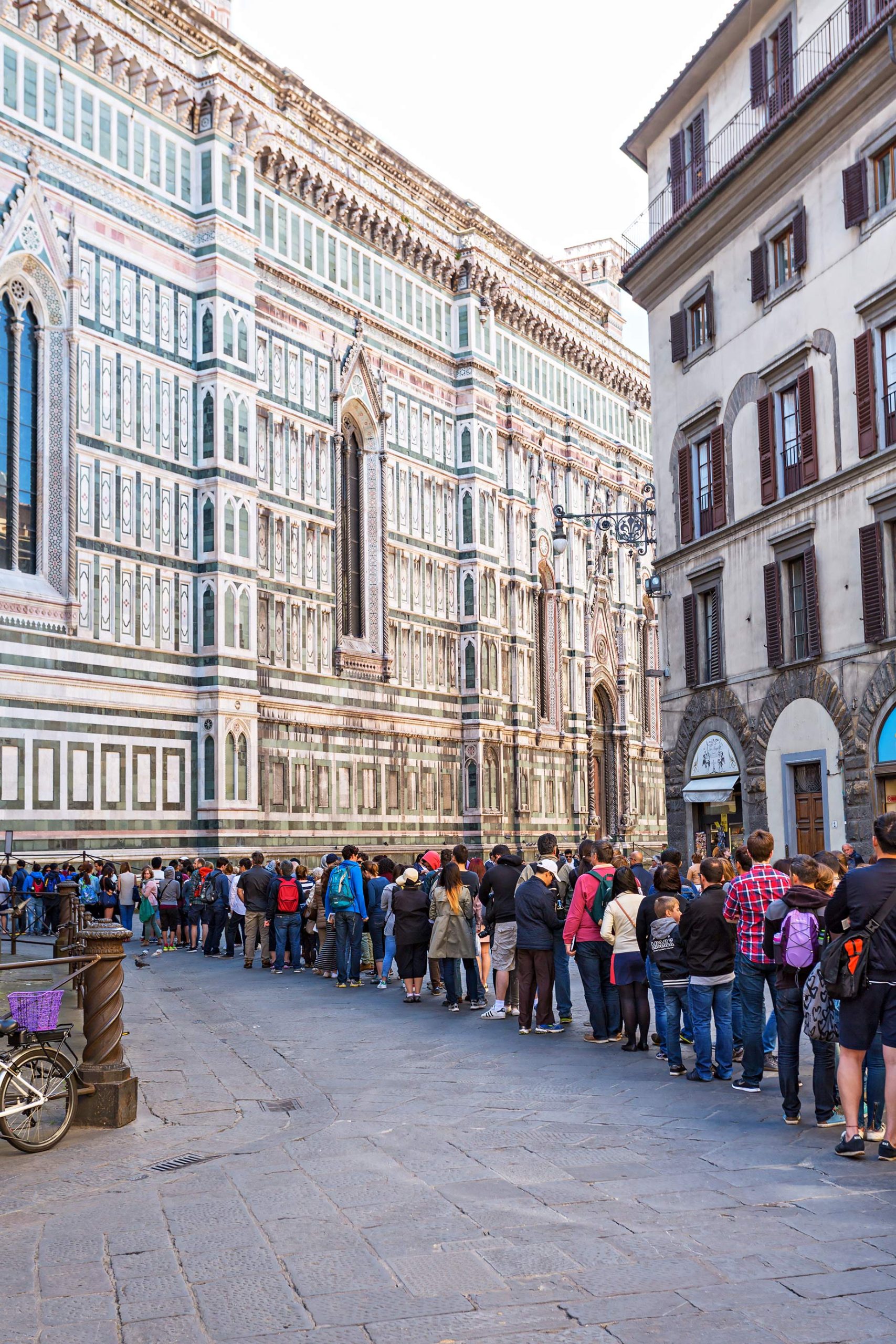
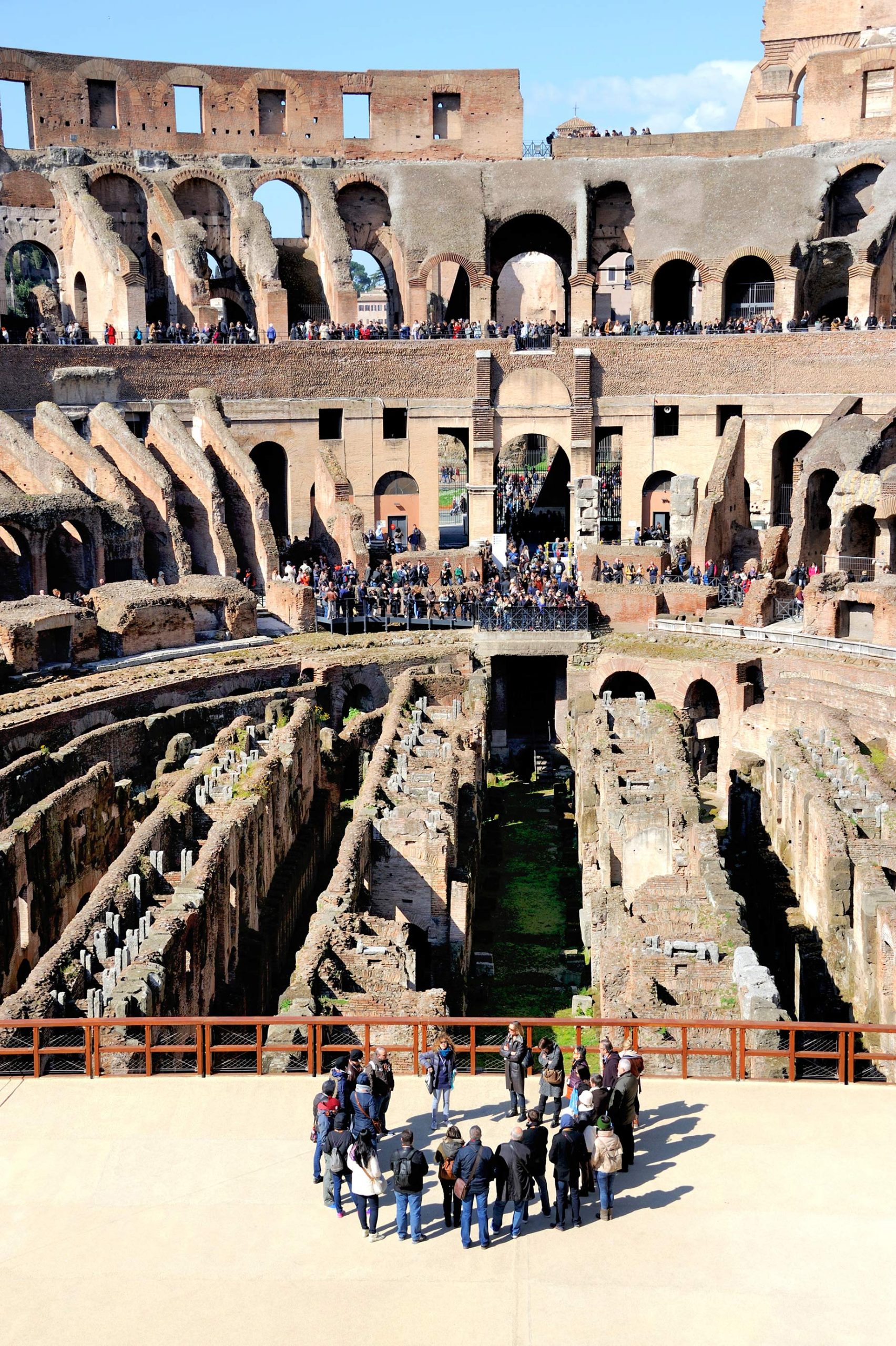
If planning to visit multiple museums, consider purchasing tourist passes like the Roma Pass or the Firenze Card. These cards offer free or discounted access to numerous museums and attractions, as well as other benefits such as unlimited use of public transport, which can be particularly handy for moving from one museum to another.
For those wishing to deepen their knowledge of museum collections, participating in a guided tour can be a very enriching experience. Many museums offer tours in various languages, providing detailed explanations that can significantly enhance one’s visit.
When planning which museums to visit, it is important to select them based on personal interests. Italy offers such a wide variety of museums that any preference can be satisfied.
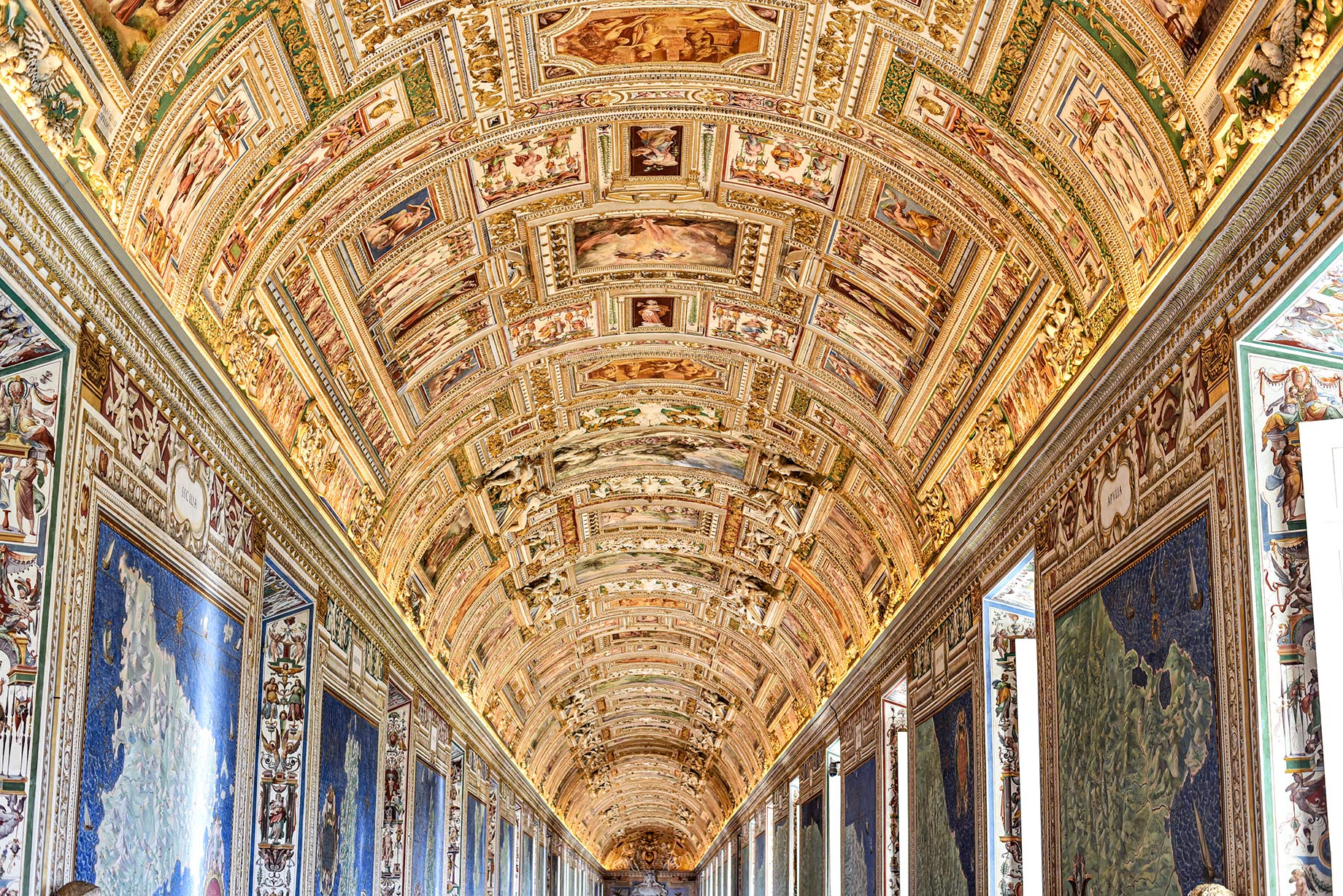
Lastly, a reminder about comfort: it is recommended to wear comfortable shoes and clothes suitable for the season, as visiting museums often means walking a lot and standing for long periods. In addition, remember to respect the museum rules to ensure a pleasant visit for oneself and other visitors.
Italian Museums: An Invitation to Discovery
Visiting Italian museums is much more than just a simple pastime. This experience represents a journey into the soul of a country that has indelibly shaped culture and history on a global level. Every exhibition hall, every piece of art, tells a story of innovation and beauty, offering visitors the opportunity to fully connect with the past.
This exploration should not be limited to the known pillars of art and history, such as the Uffizi Gallery or the Vatican Museums, although they are undoubtedly essential. There is, however, an invitation to venture further, to discover those less visited gems, no less significant for that. Lesser-known museums and sites offer a different perspective, perhaps more intimate, but equally profound of Italian cultural identity.
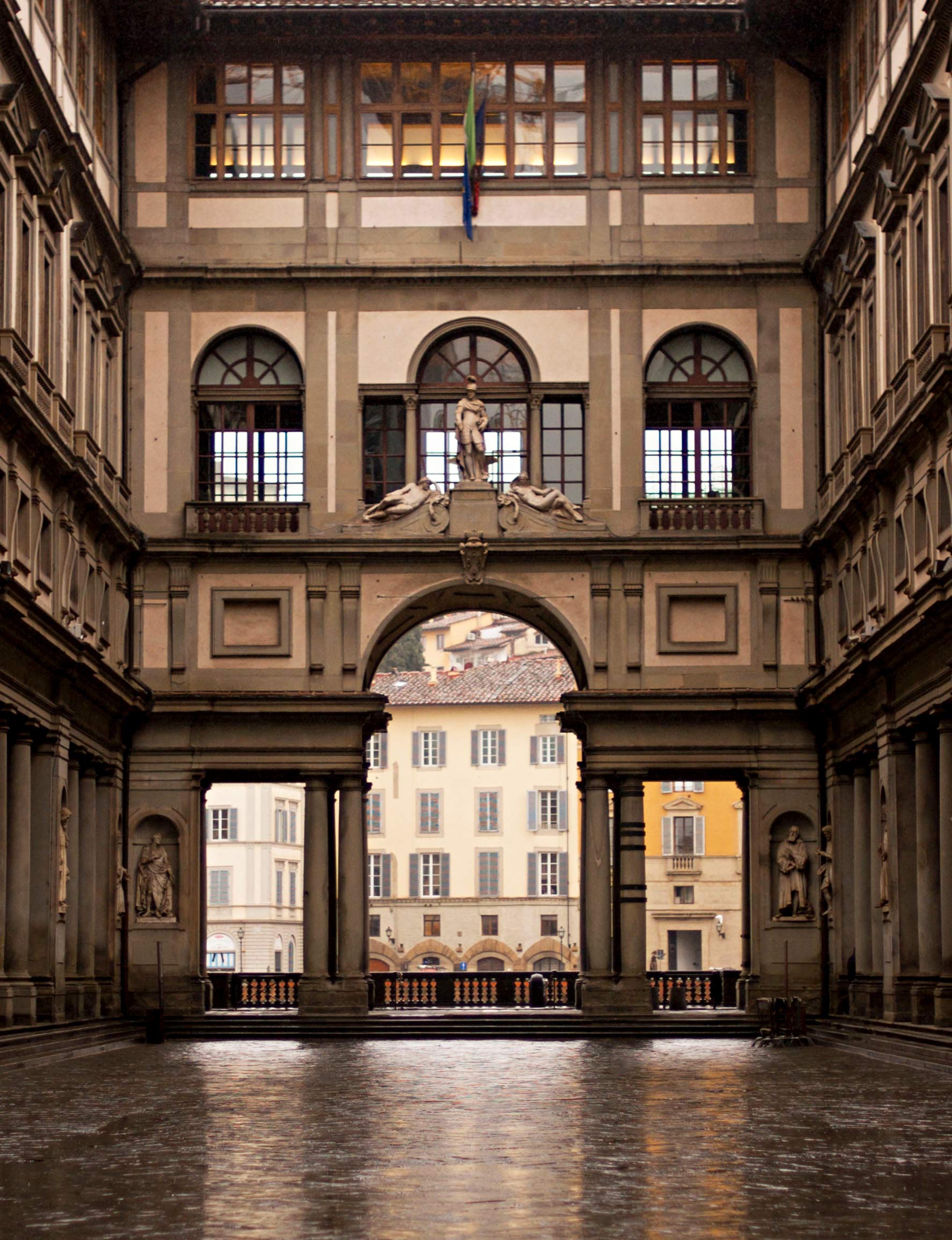
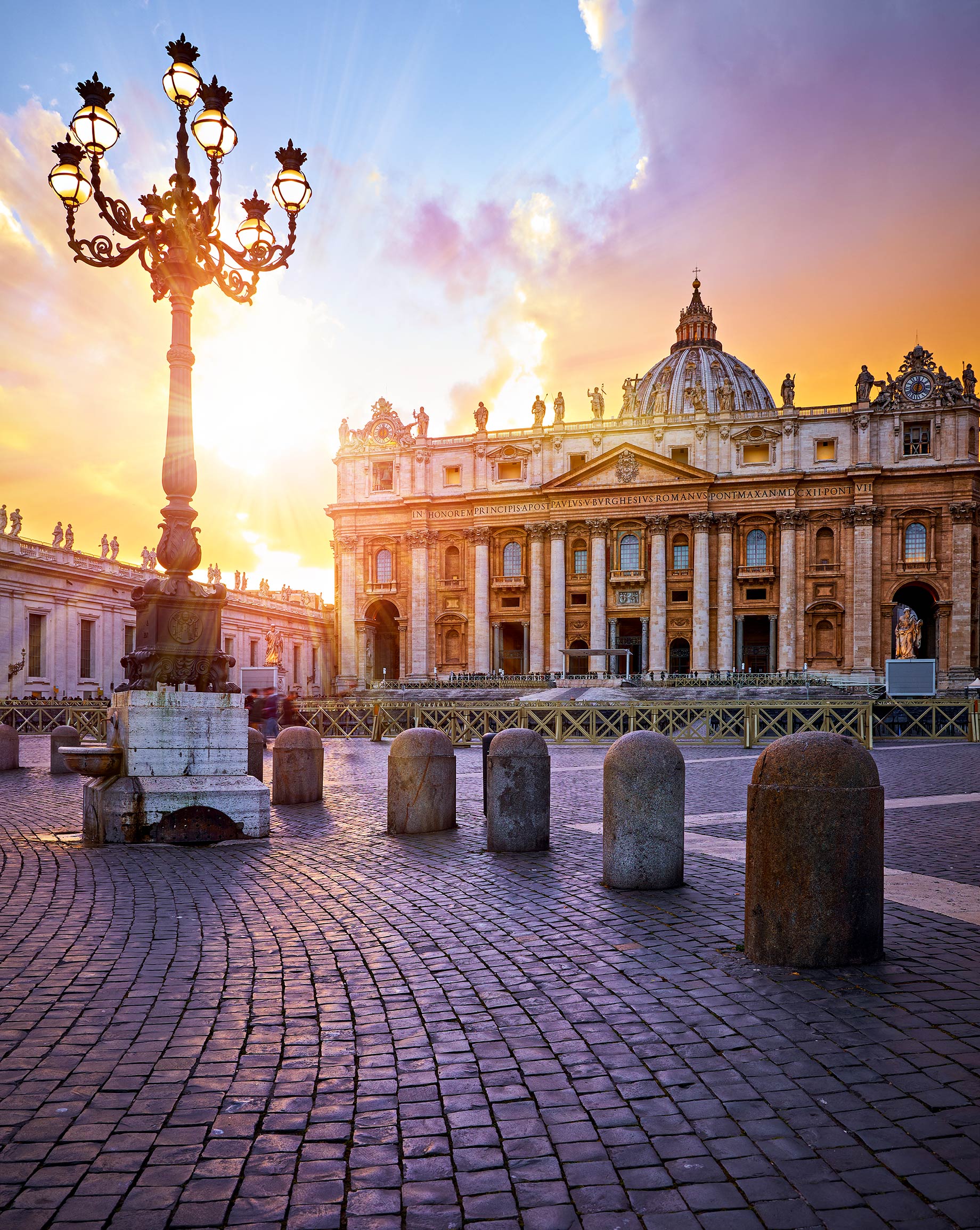
Embarking on this cultural adventure is not just a way to enrich one’s knowledge or appreciation for art; it is a journey of discovery, a way to connect with the many facets of human existence through time and space.
Italy, with its unparalleled museum heritage, offers endless possibilities for exploration, inviting every visitor to go beyond the known to discover not just the country’s hidden treasures but also new horizons within themselves.
